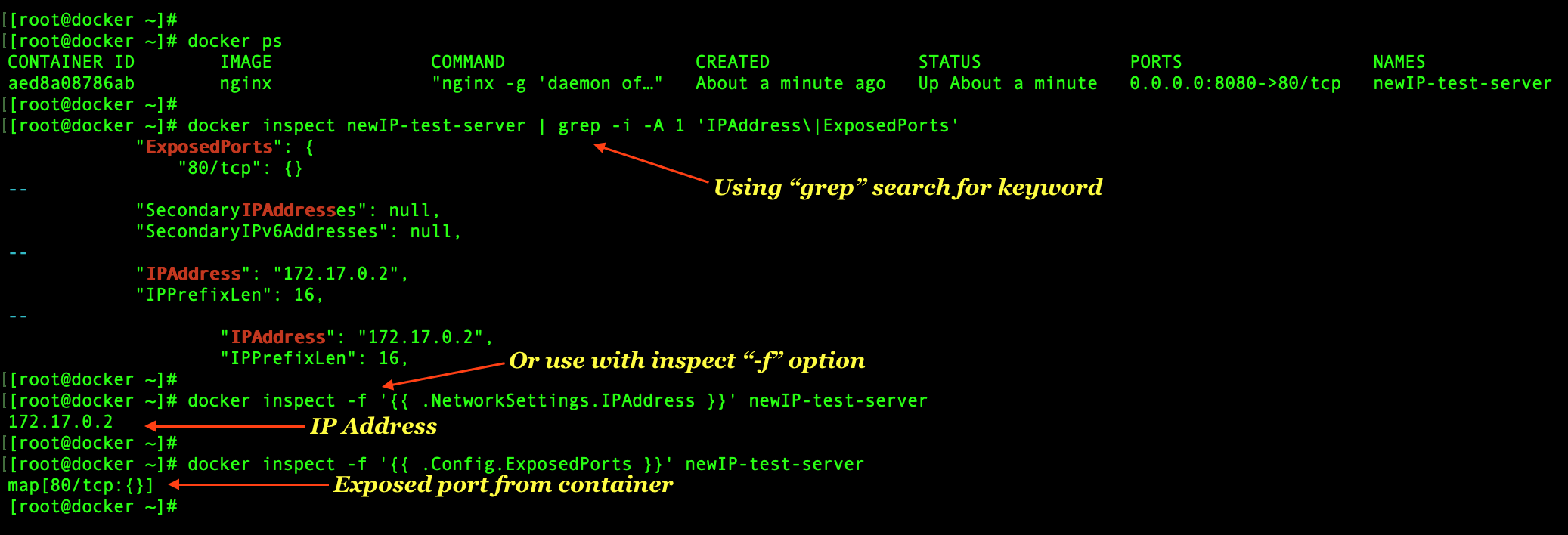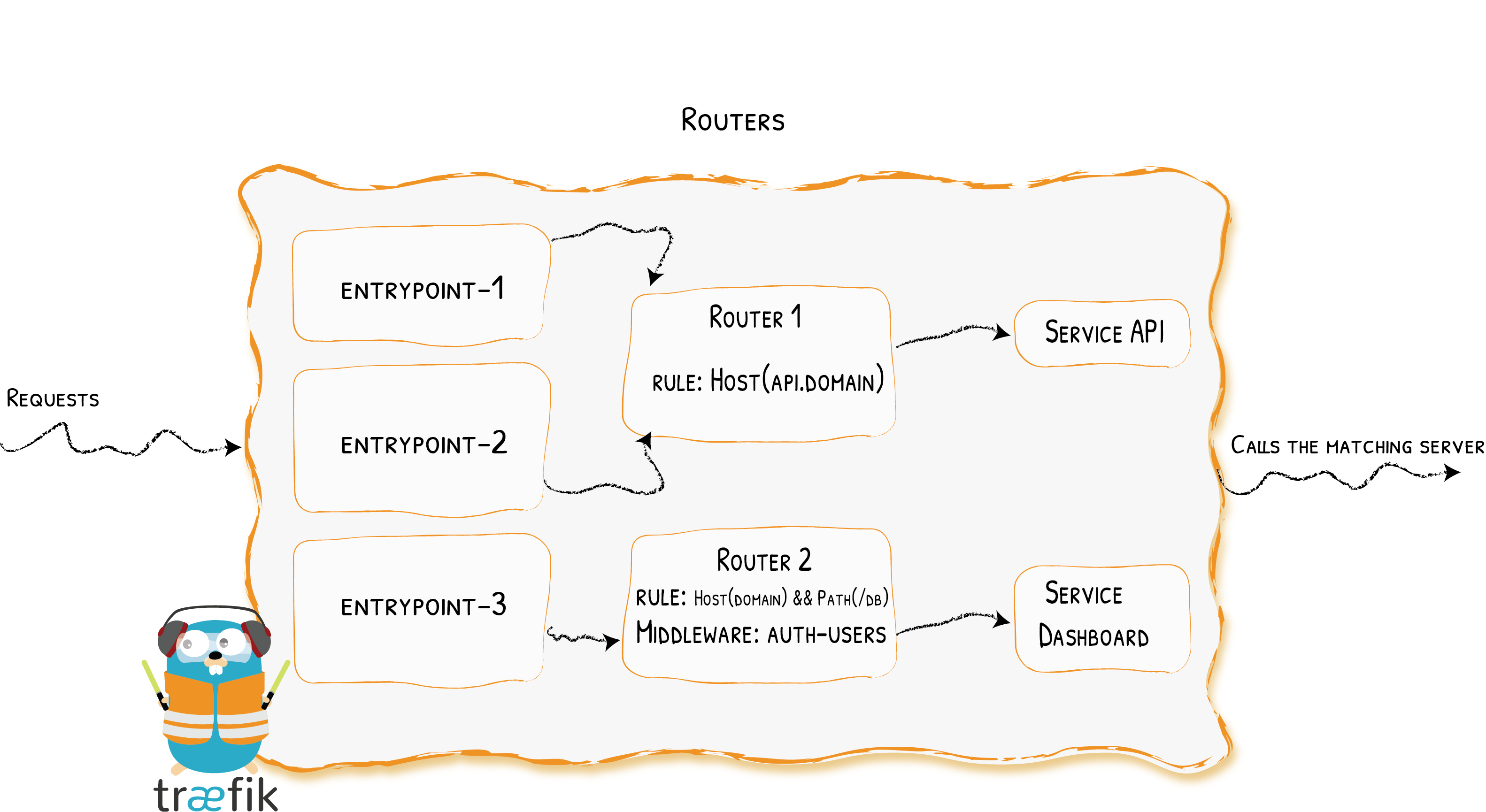

Docker daemon takes help from the file change notifier and makes necessary changes in the container’s resolve file when there are changes made in the host’s file! The only catch is these changes will be done only if the container is not running. During this filtering, if no nameserver left to add in container’s /etc/nf the file then Docker daemon smartly adds Google’s public nameservers 8.8.8.8 and 8.8.4.4 in to file and use it within the container.Īlso, host and container /etc/nf always be in sync. That’s pretty obvious since that won’t be reachable from container network so no point in keeping them. While copying it filter’s out all localhost IP addresses from the file. When you run a new container on the docker host without any DNS related option in command, it simply copies host’s /etc/nf into container. DNS nameservers in Dockerĭocker is coded in a smart way. So it is always advisable to use user-customized networks rather than using default docker networks. link is a legacy feature and may be removed in upcoming features. You can add container inter-comm just by using -link option while running container (when on default bridge network) PING nginx1 (172.19.0.4) 56(84) bytes of data.Ħ4 bytes from nginx1.kerneltalks (172.19.0.4): icmp_seq=1 ttl=64 time=0.088 msĦ4 bytes from nginx1.kerneltalks (172.19.0.4): icmp_seq=2 ttl=64 time=0.054 msīut in default docker bridge network (which installs with docker daemon) automatic DNS resolution is disabled to maintain container isolation. You can back-up your Consul datacenter using the consul snapshot command.PING nginx2 (172.19.0.5) 56(84) bytes of data.Ħ4 bytes from nginx2.kerneltalks (172.19.0.5): icmp_seq=1 ttl=64 time=0.151 msĦ4 bytes from nginx2.kerneltalks (172.19.0.5): icmp_seq=2 ttl=64 time=0.053 ms When a previously stopped server container is restarted using docker start, and it is configured to obtain a new IP, autopilot will add it back to the set of Raft peers with the same node-id and the new IP address, after which it can participate as a server again.

If the container running the currently-elected Consul server leader is stopped, a leader election will be triggered. server_stabilization_time should be sufficiently large (on the order of several seconds) so that unstable servers are not added to the datacenter until they stabilize.last_contact_threshold should be reasonably small, so that dead servers are removed quickly.cleanup_dead_servers must be set to true to make sure that a stopped container is removed from the datacenter.

If you override them, make sure that the following settings are appropriate. Autopilot's default settings are already configured correctly.

You can execute Consul commands directly inside of your Consul containers using docker exec.Īs long as there are enough servers in the datacenter to maintain quorum, Consul's autopilot feature will handle removing servers whose containers were stopped. You can access a containerized Consul datacenter in several different ways. You can also access your newly registered service from Consul's UI, » Consul container maintenance operations » Access containers WARNING: recursion requested but not availableĬ. flags: qr aa rd QUERY: 1, ANSWER: 1, AUTHORITY: 0, ADDITIONAL: 2 >HEADER<<- opcode: QUERY, status: NOERROR, id: 47570


 0 kommentar(er)
0 kommentar(er)
